The Antiplanner’s exurban area has been filled with smoke the last few days as winds have blown soot from wildfires in western Oregon towards central Oregon. As bad as the air has been here, it usually wasn’t as bad as it was in New York City a couple of months ago due to fires in Canada.
Smoke obscures the sun from New York’s Long Island in June 2023. Photo by Don Sutherland.
Canada has seen more land burn so far this year — more than 34 million acres as of August 18 — than any full year in its history: the previous record was 17.5 million acres for all of 1995. The Maui fires, of course, have had unprecedented impacts, with at least 115 known dead to date and more than 1,000 missing. Many are blaming these fires on or saying they are evidence of human-caused climate change. Continue reading

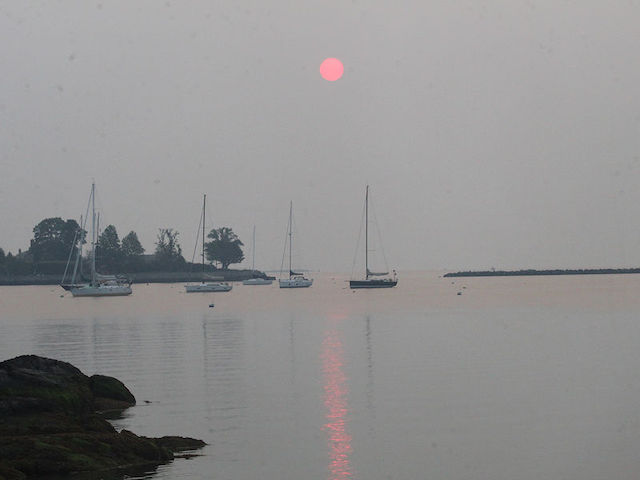
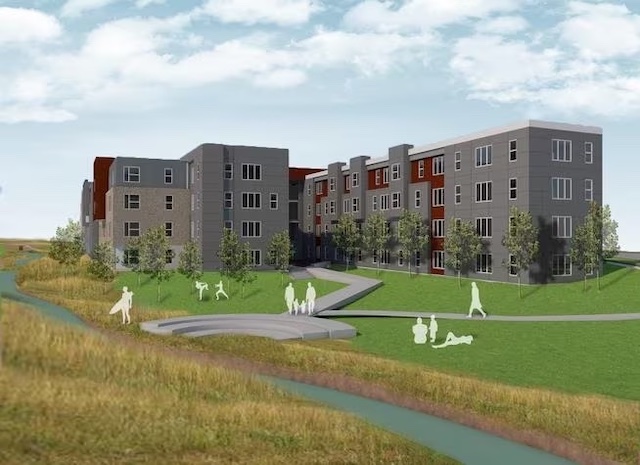
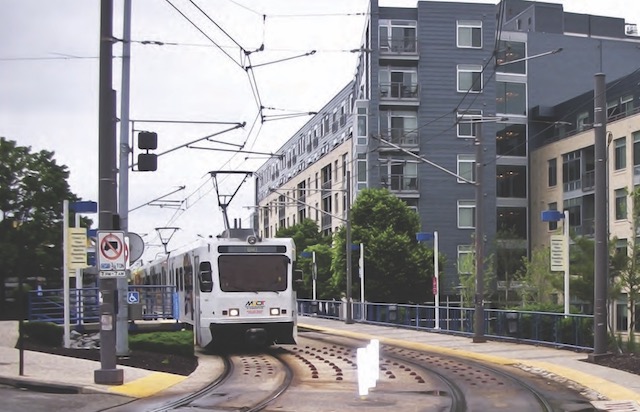
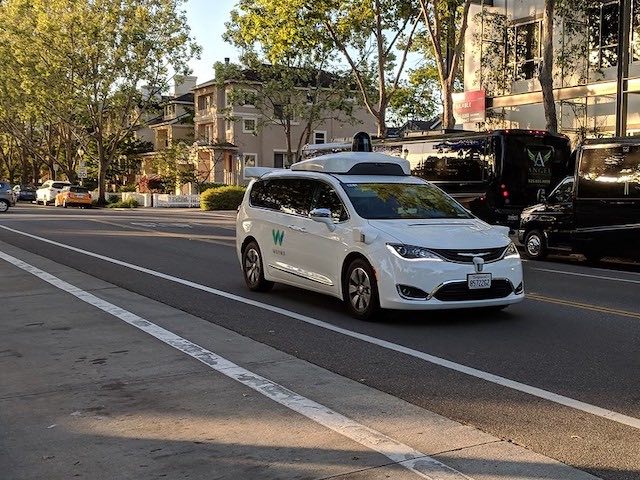

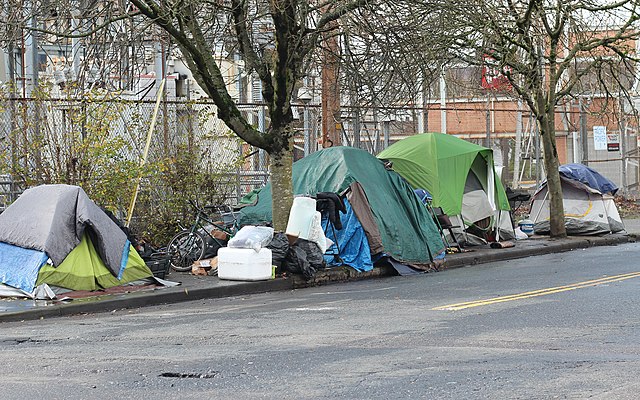
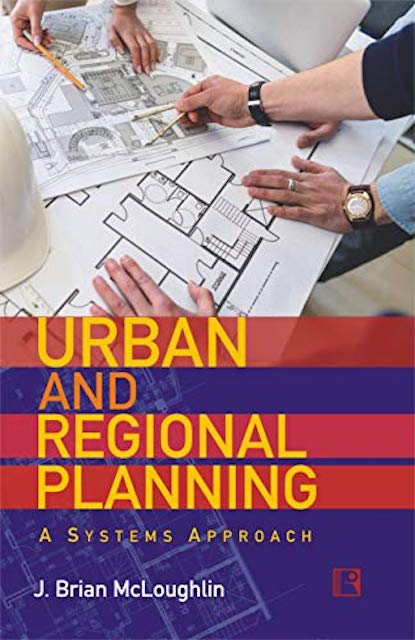 This
This 





